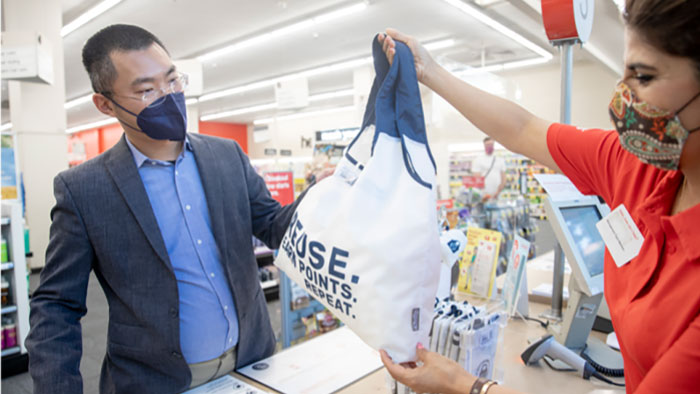Obsessing over great digital experiences
- By [ Jill Standish ]
- 12/15/2020
Retailers will no doubt have greeted the news about progress in COVID-19 vaccines with a mixture of celebration and relief. There’s now a real sense of optimism that the end of the pandemic is on the horizon.
At the same time, many will recognize that a quick return to pre-pandemic normality is unlikely. Accenture’s 2020 Holiday Shopping Survey tells us that this will be a very ecommerce-focused peak retail season, with nearly half of consumers saying they’ll shop exclusively online this year.
What’s more, given the ongoing uncertainty of the pandemic, retailers should be prepared for this elevated level of digital commerce to continue beyond the holidays and well into next year. In fact, it’s quite possible that the events of the last year have permanently reset ecommerce at a higher level—with significant long-term implications for retailers with a large physical footprint.
Time to double down on digital experience
What does that mean for retail strategies for the next year? Well, one of the consequences of having so many more of your customers shopping online is that your digital experience becomes more critical than ever. Your digital channels effectively become your flagship store, and the experience you offer on them becomes one of your most valuable brand differentiators.
So refocusing on the front-end digital experience is a must for retailers in the year ahead. In particular, there’s a real need to move beyond traditional list-based digital interfaces, especially for discovery-driven product categories. Let’s face it, the idea of displaying a product catalogue in a simple grid is showing its age—it’s been the digital default for decades now. And it doesn’t come close to matching some of the best aspects of shopping in store.

Think about the experience of browsing a curated assortment, discovering a product you had no idea existed, or simply holding an item in your hands to understand what it actually looks and feels like in three dimensions. Finding a way to translate these experiences into a digital context is the next frontier for ecommerce. The good news is that advances in immersive technologies—augmented reality (AR), 360-degree video, 3D content and virtual reality (VR)—mean there are more and more ways that retailers can create similar experiences online.
Obsess: At the cutting edge of immersive retail
There are some great startups out there who are showing the way forward—and it’s so encouraging to see that a growing number are being led by women. Supporting female entrepreneurs in retail is something that’s very close to my heart, so I was delighted when Accenture joined forces with Springboard Enterprises to celebrate women who are transforming industries.
One of the luminaries of our program is Neha Singh, who runs Obsess, a platform that enables brands and retailers to create immersive experiences on digital channels. It means customers can navigate a digital representation of a retailer’s flagship store, browsing products displayed in high-definition imagery. It’s a much more engaging and intuitive way of enabling digital product discovery—no special glasses or headsets required.
Experiences like these will play a big part in retail’s digital future. Indeed, Accenture’s research shows that nearly two-thirds of leading consumer brands are already experimenting with immersive tech. In such an emerging field, there’s all to play for—and there are significant opportunities to create brand differentiation and competitive advantage.
So let’s make 2021 the year in which we hit reset on those tired grid-based ecommerce interfaces and start properly rethinking how merchandizing and product discovery can and should work in a digital context.
Tags
-
Technology & Innovation


